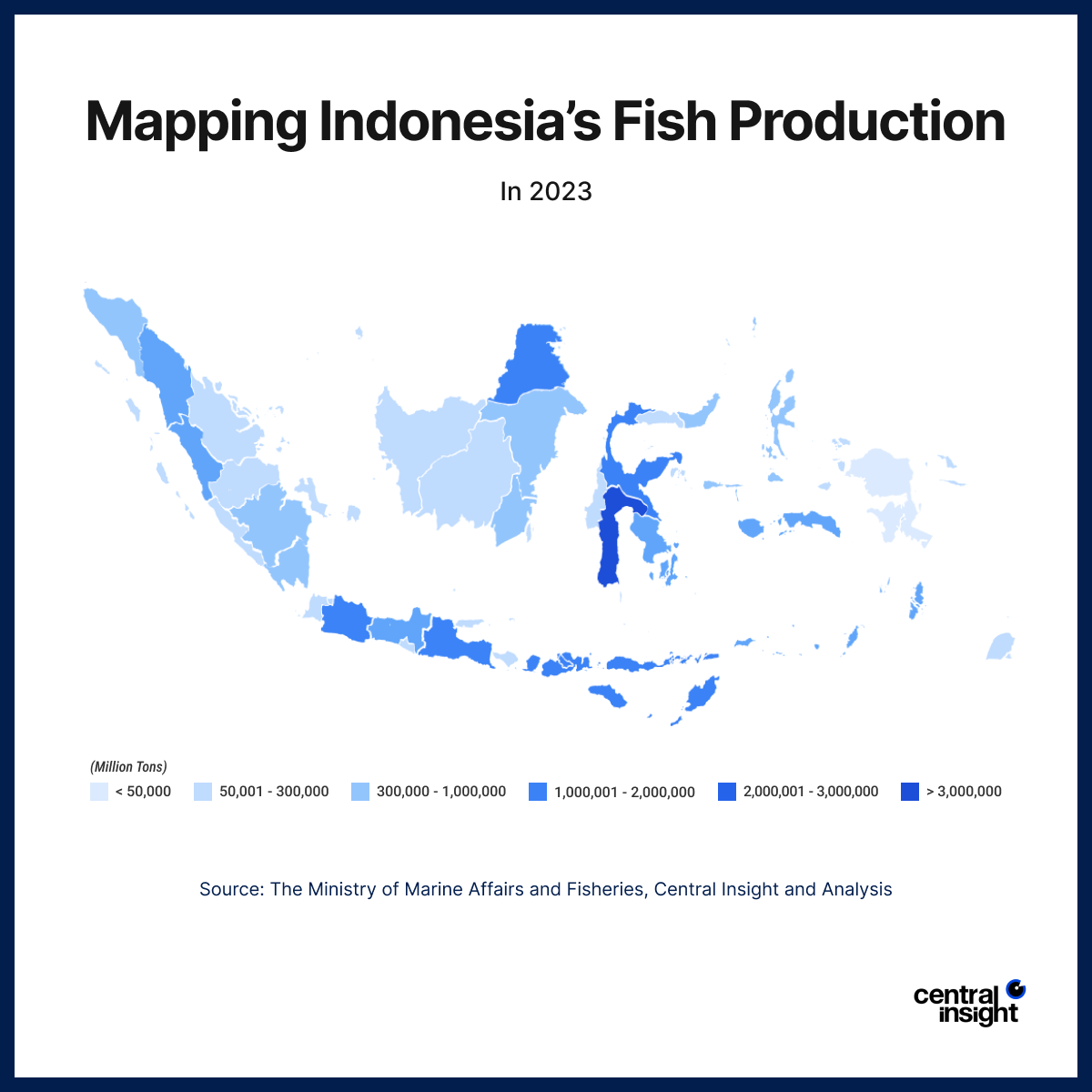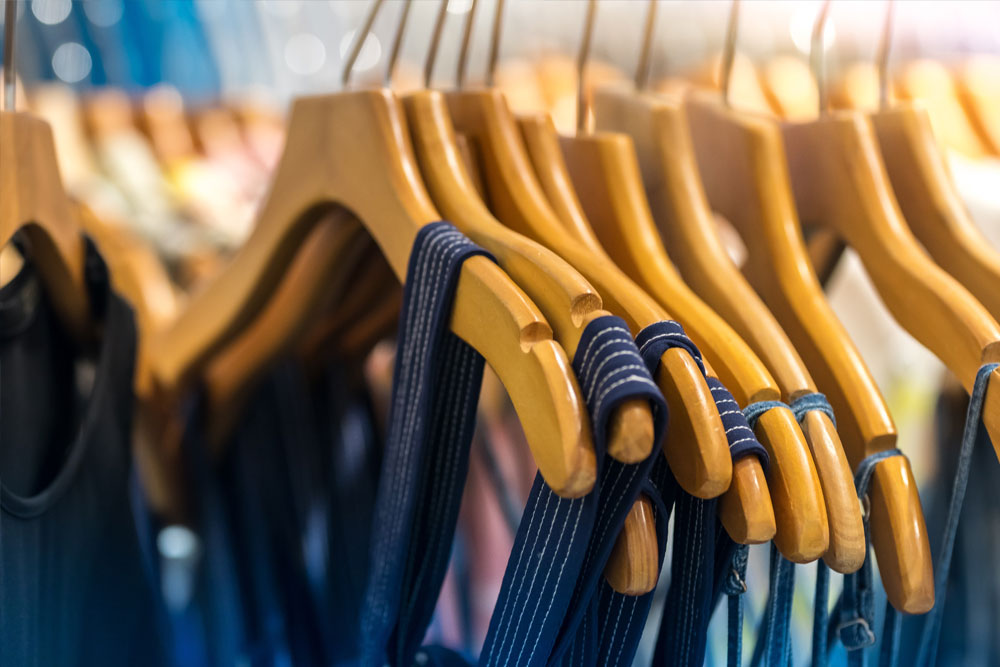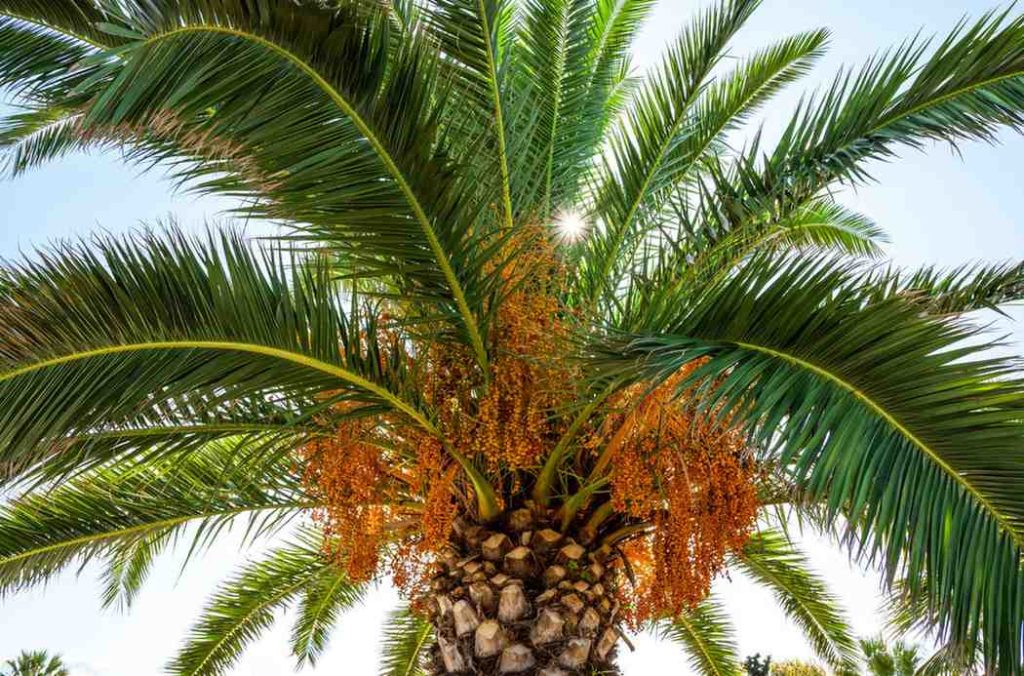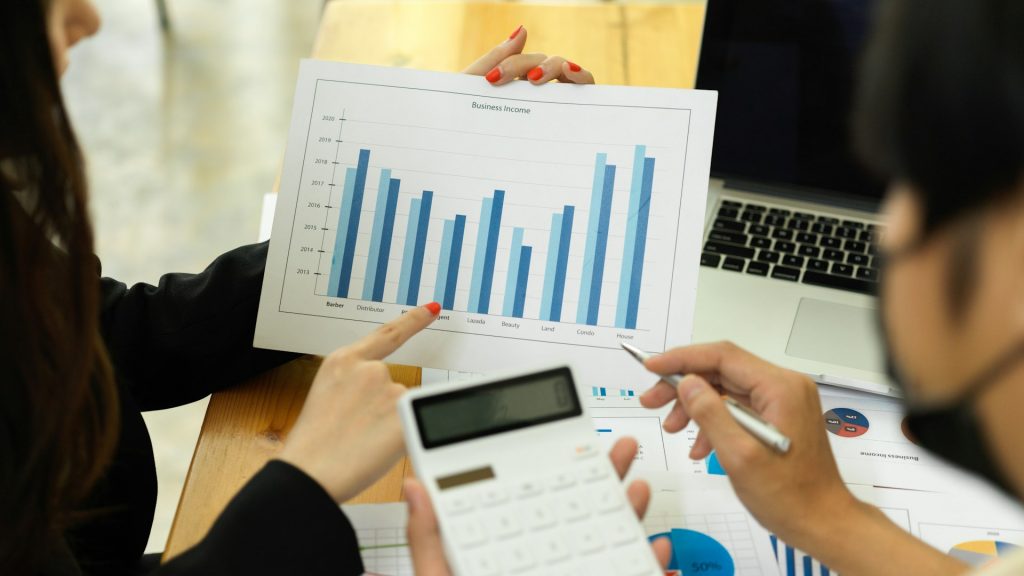Indonesia, with its vast marine resources and long coastline, is often hailed as one of the world’s top fish-producing countries. Yet, from 2019 to 2023, the Indonesia’s fishery sector recorded a sluggish CAGR of just 0.5%, revealing a concerning stagnation.

Current Status of Indonesia’s Fishery Sector
This underwhelming growth affects both pillars of the industry: aquaculture and capture fisheries. Surprisingly, aquaculture—despite contributing 66.3% of total production—experienced a slight decline, with a CAGR of -0.1%. Meanwhile, capture fisheries, contributing 33.6%, grew more steadily at 1.7% CAGR.
This sluggish 0.5% growth is surprising for a nation so well-positioned to dominate global fish markets. The reasons are complex: overfishing in capture fisheries, disease and inefficiency in aquaculture, outdated equipment, and environmental degradation all play a role.
Several factors further explain this stagnancy in Indonesia’s fishery sector. Climate change has impacted marine biodiversity and productivity. Overfishing, as mentioned, and unsustainable practices have further depleted natural stocks. In aquaculture, challenges like disease outbreaks, limited access to quality feed and seed, and poor farm management hinder growth.
Additionally, infrastructure gaps, limited cold storage, and inadequate supply chain logistics constrain fishery productivity across many provinces.
To reverse this trend, a multifaceted approach is needed. This includes investing in sustainable practices, upgrading technology for smart aquaculture, expanding cold chain infrastructure, and offering better support to small-scale fishers and farmers.
Without intervention, Indonesia’s fishery sector risks falling short of its potential in the blue economy, which is an opportunity it cannot afford to miss.








